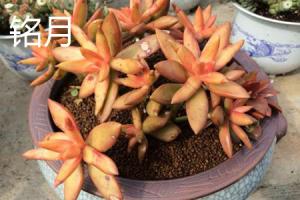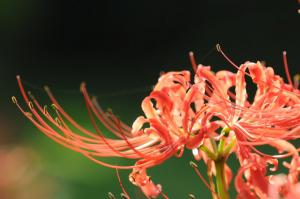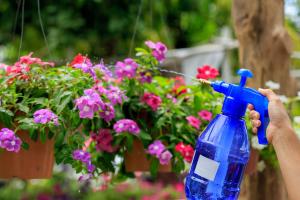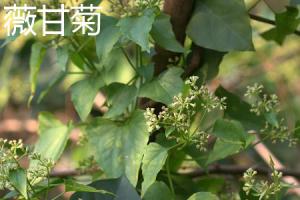Introduction
Air plants, also known as Tillandsias, are a popular plant choice for those who seek low-maintenance greenery. As the name suggests, these plants don't require soil to grow and can survive solely on air and water. However, like all plants, air plants have specific needs to thrive, and one of the most crucial factors is watering. In this article, we will answer the question, "How often do you water air plants?"
The Basics of Watering Air Plants
Unlike other plants, watering air plants is not as simple as sticking them in a pot of dirt and watering them every few days. Air plants have unique needs, and overwatering or underwatering them can lead to their demise.
The general rule of thumb is to water air plants once a week. However, this is not a hard and fast rule, and the actual frequency of watering can depend on factors such as temperature, humidity, and air circulation. Therefore, it's essential to examine each of these aspects individually to determine the optimal watering schedule for your air plant.
Temperature
Air plants are tropical plants that grow best in temperatures ranging from 50-90°F. If your air plant is exposed to temperatures that are too hot or too cold, it can significantly impact its hydration needs. If the temperature is too hot and dry, water evaporates more quickly, and your air plant may need more frequent watering. On the other hand, if the temperature is too cold, your air plant won't be able to absorb water, and it may need less frequent watering.
Humidity
Air plants love humidity, and they thrive in environments with humidity levels ranging between 50% to 70%. If the humidity level around your air plant is too low, the plant will dry out too quickly, and you may need to water it more frequently. Conversely, if the air around your air plant is too humid, you may need to water it less frequently to avoid waterlogging.
Air Circulation
Air circulation is crucial for air plants as it helps them absorb moisture from the air. If your air plant is in an area with stagnant air, it may not be able to absorb water, and you may need to water it more frequently to compensate for this. On the other hand, if the air around your air plant is too breezy, water will evaporate faster, and you may need to water it more often.
How to Water Air Plants
Now that we've looked at the factors that affect your air plant's watering needs let's dive into how to water an air plant. To water your air plant, you'll need to remove it from its current container and soak it in water for 30 minutes to an hour. Once it's done soaking, remove it from the water and shake it gently to remove excess water. You can then put it back in its container or mount it to a decorative display.
It's essential to note that air plants do not like to sit in standing water, so be sure to allow your air plant to dry completely before putting it back in its container or mounting it. If your air plant is not able to dry out, it can lead to root rot or other fungal infections.
Conclusion
Air plants can add a unique touch of greenery to any space and are a great low-maintenance option for plant lovers. However, to ensure that they thrive, it's essential to understand their specific needs, especially when it comes to watering. By examining factors such as temperature, humidity, and air circulation, you can determine the optimal watering schedule for your air plant and provide it with the best possible care.

 how many times do yo...
how many times do yo... how many planted tre...
how many planted tre... how many pine trees ...
how many pine trees ... how many pecan trees...
how many pecan trees... how many plants comp...
how many plants comp... how many plants can ...
how many plants can ... how many plants and ...
how many plants and ... how many pepper plan...
how many pepper plan...































